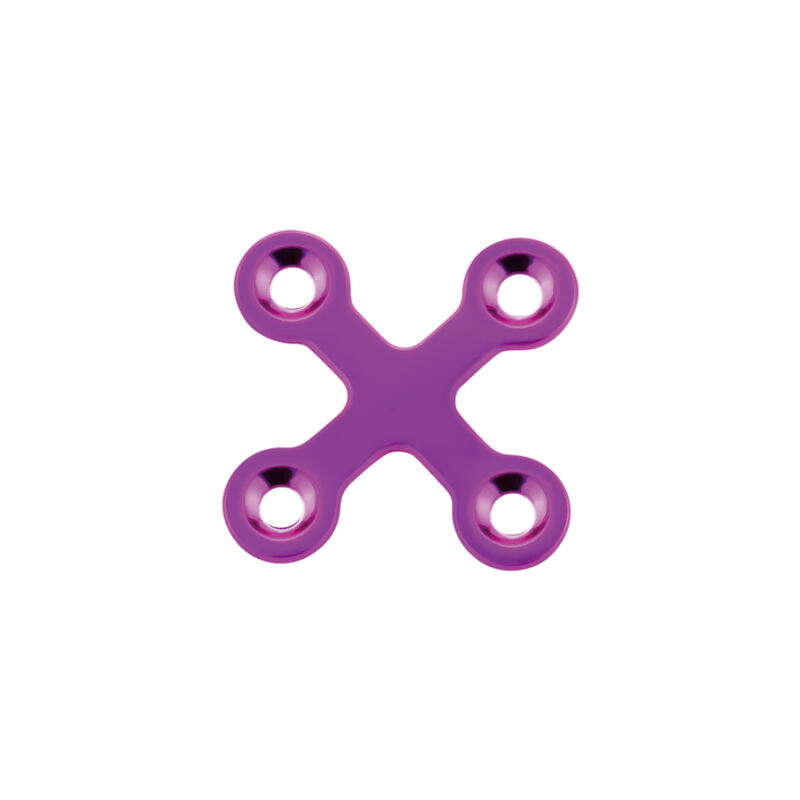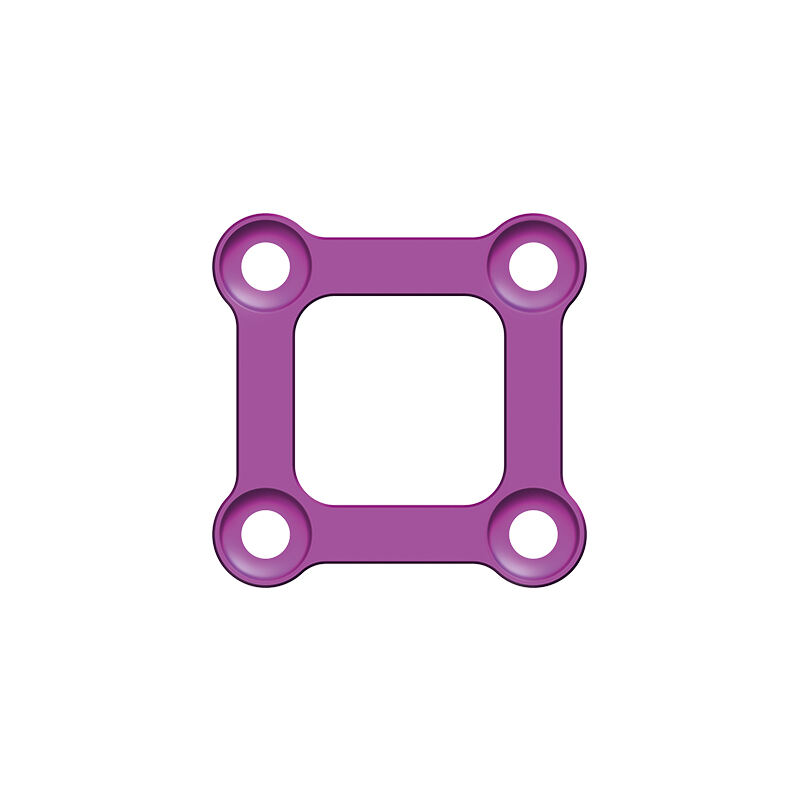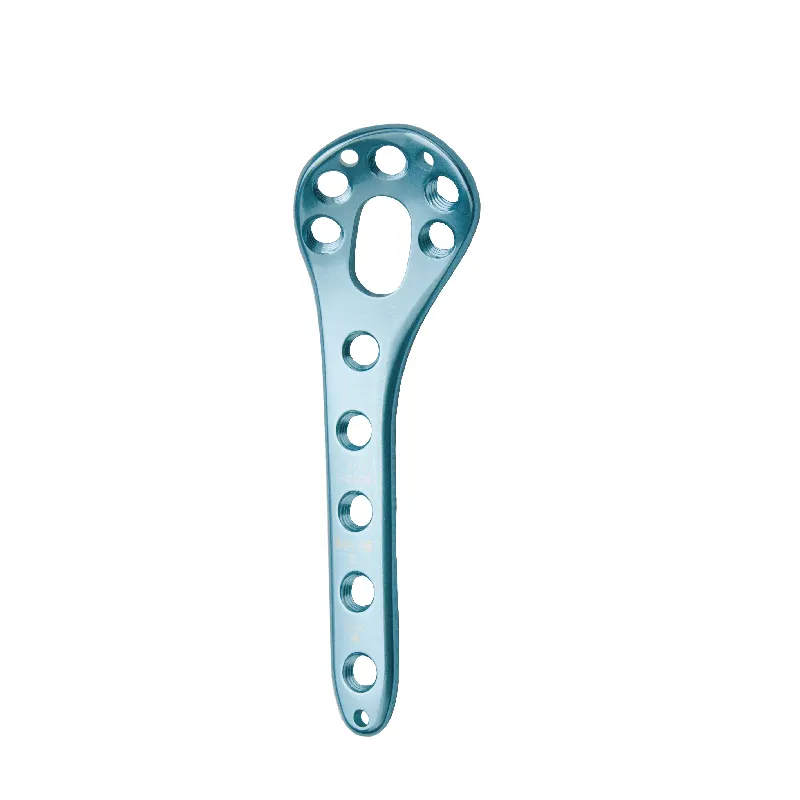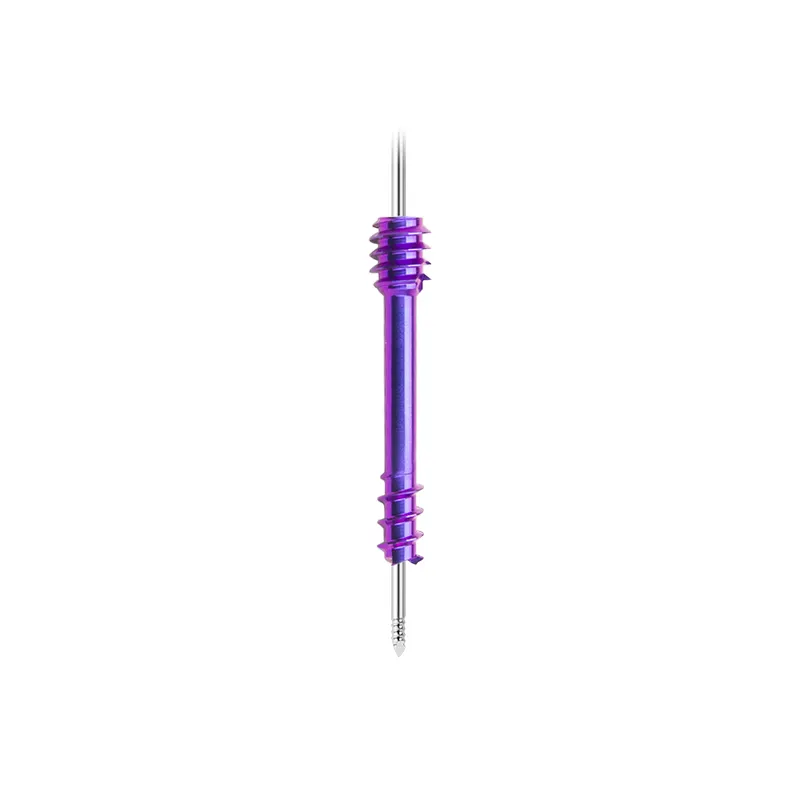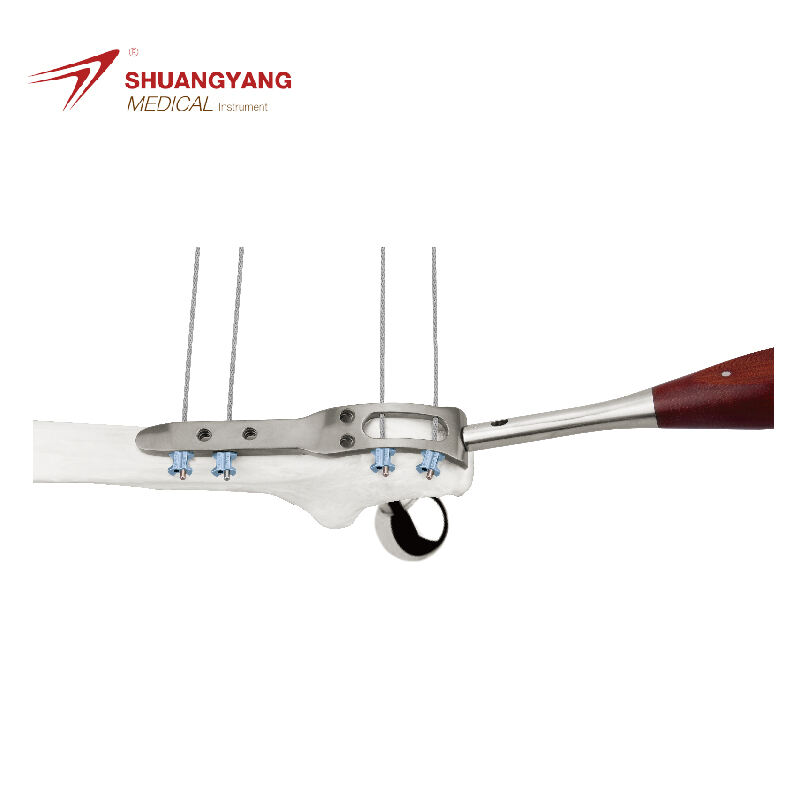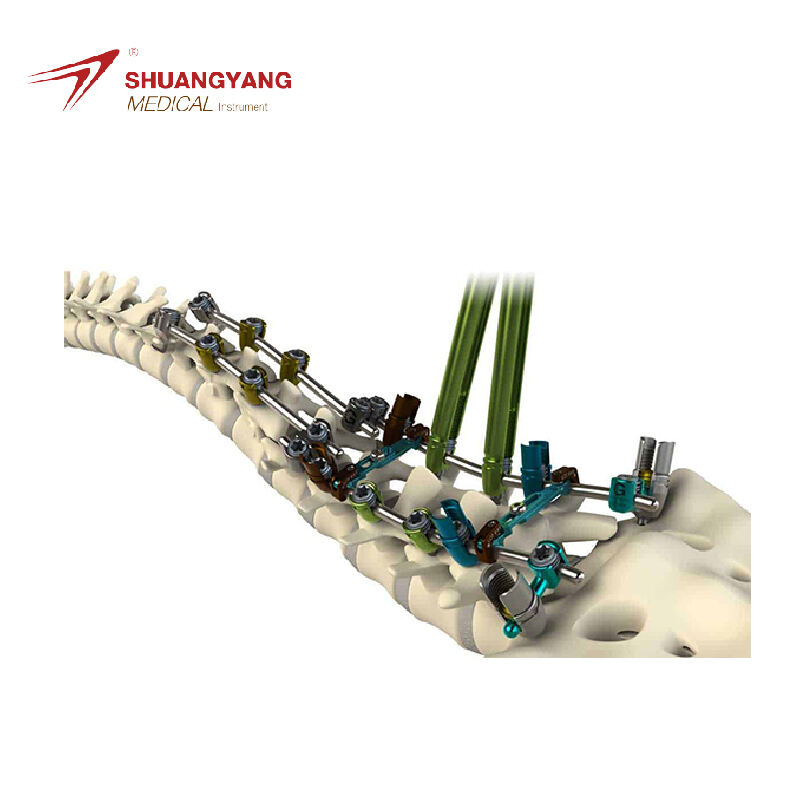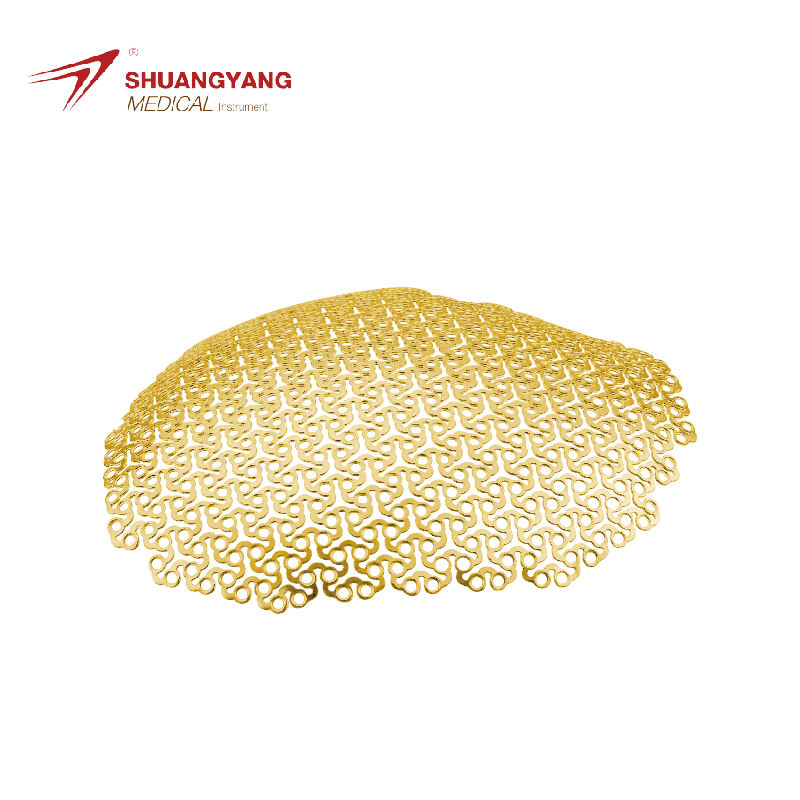lumbar cage fusion posterior
The lumbar cage fusion posterior is a cutting-edge medical device used primarily in spinal surgeries to treat conditions such as degenerative disc disease, spinal instability, or fractures. The main function of this device is to maintain the space between the vertebrae, allowing for spinal fusion to occur. Technological features include a hollow, metallic structure with a porous surface that promotes bone growth and fusion. The lumbar cage is implanted into the spine through a posterior approach, which minimizes damage to surrounding tissues. Its applications are diverse, from relieving chronic back pain to restoring spinal alignment and stability. This innovative procedure offers a less invasive alternative to traditional fusion surgeries, leading to faster recovery times and improved patient outcomes.
 EN
EN
 FR
FR
 ES
ES
 AR
AR

